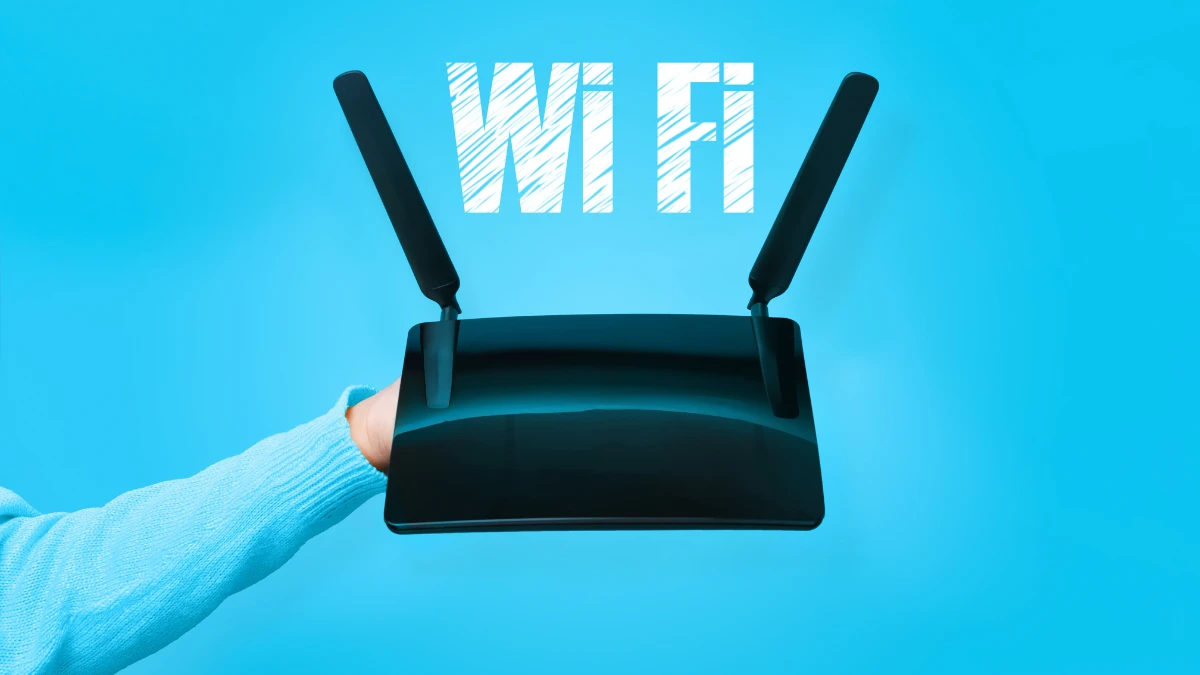The need for internet access is now unavoidable, whether for home use or larger industrial needs. That's why WiFi mesh is here to meet the need for consistent internet coverage, even in areas that were previously out of reach.
WiFi mesh works by covering a wide area, accelerating and stabilizing connections, and facilitating scalability for your home or business needs.
This article will provide further explanation about WiFi mesh, including its definition, how it works, its functions, examples of its application, and regulations for its use in Indonesia.
What is a WiFi Mesh?

WiFi mesh is a wireless network system that uses multiple devices (routers and satellites) to create a uniform and stable WiFi network across a large area. The purpose of this system is to provide internet connectivity without any dead zones.
WiFi mesh creates a single WiFi network with one SSID from several interconnected “nodes.” Nodes are divided into two types: those connected to the modem act as the main router, while the others act to spread WiFi throughout the area.
How Does WiFi Mesh Work?
A WiFi mesh works by connecting some nodes to create a wide and stable network. Here is how it works in detail:
- Main node: Acts as the central router of the network, connected directly to the internet modem.
- Additional nodes: Act as satellites that extend the WiFi signal range, usually placed in various locations that were previously out of reach.
- Inter-node connections: Connected nodes communicate with each other to form a unified network.
- Automatic connection with connected nodes: When moving locations within the network area, connected devices will automatically connect to the node with the strongest signal.
The Functions of WiFi Mesh

The main function of a WiFi mesh is to create a uniform and stable WiFi network across a large area. The following are its functions:
- Covering a wide area: Capable of extending WiFi signal coverage throughout the entire home or office, including areas that were previously difficult to reach.
- Accelerating and stabilizing connections: Connections will be fast and stable throughout the area by connecting to the nearest access point with the strongest signal.
- Facilitating scalability: The system can be easily expanded by adding nodes as needed, making it suitable for buildings of various sizes.
The Application Example of WiFi Mesh

With many functions provided by WiFi mesh, this device is applied from the household to the industry. The following are examples of the application:
1. Home One of the most common applications of WiFi mesh is in the home. It is suitable for multi-story or large homes. This system is used to ensure an even internet connection throughout the entire home.
2. Office Offices are a more complex example of the application of this system. With large work areas and numerous rooms that need to be covered by the internet network, this system is highly effective in ensuring stable internet connectivity throughout the entire work area.
3. Public safety systems Mesh networks are used by governments for public safety systems to support the development of smart cities. This network can connect various devices such as streetlights, air quality sensors, and security cameras to communicate reliably and efficiently throughout the city.
4. Industry Examples of industries that use mesh networks are agriculture and hospitals. In supporting smart agriculture, the network is used to monitor soil conditions, weather, and other factors in real time.
Meanwhile, in the hospital industry, mesh systems are used to improve the efficiency and reliability of medical monitoring by enabling real-time patient monitoring.
5. Networks in remote areas WiFi mesh systems can be used to provide reliable internet access in remote areas. With internet connectivity available in various locations, such as schools, village halls, and community centers, effective communication can be established.
WiFi Mesh Regulation in Indonesia

The WiFi mesh uses communication technologies that operate within a specific frequency spectrum. In Indonesia, a wireless device is required to have a DJID (Directorate General of Digital Infrastructure) under the Ministry of Communication and Digital (KOMDIGI).
WiFi mesh regulation is based on KEPMEN No. 352 Tahun 2024 and KEPMEN No. 12 Tahun 2025, which requires all radio frequency-based devices to meet specific technical standards before being sold in the country.
The DJID certification ensures that the product meets government safety and quality regulations and does not interfere with other communication devices. The certification process involves technical testing, such as frequency adjustments, safety checks, and compatibility with the surrounding environment.
Once the tests are completed, products that pass are listed in a Test Result Report, which confirms that the product is safe and meets the requirements for sale in Indonesia. This report reassures customers that the product meets technical standards and is secure.
For companies wanting to sell a WiFi mesh in Indonesia, Type Approval Certification Services for ICT Products are available to assist with this process. This service includes preparing technical and legal documents, conducting required testing, ensuring compliance with regulations, helping companies streamline the certification process, and giving consumers confidence in certified products.